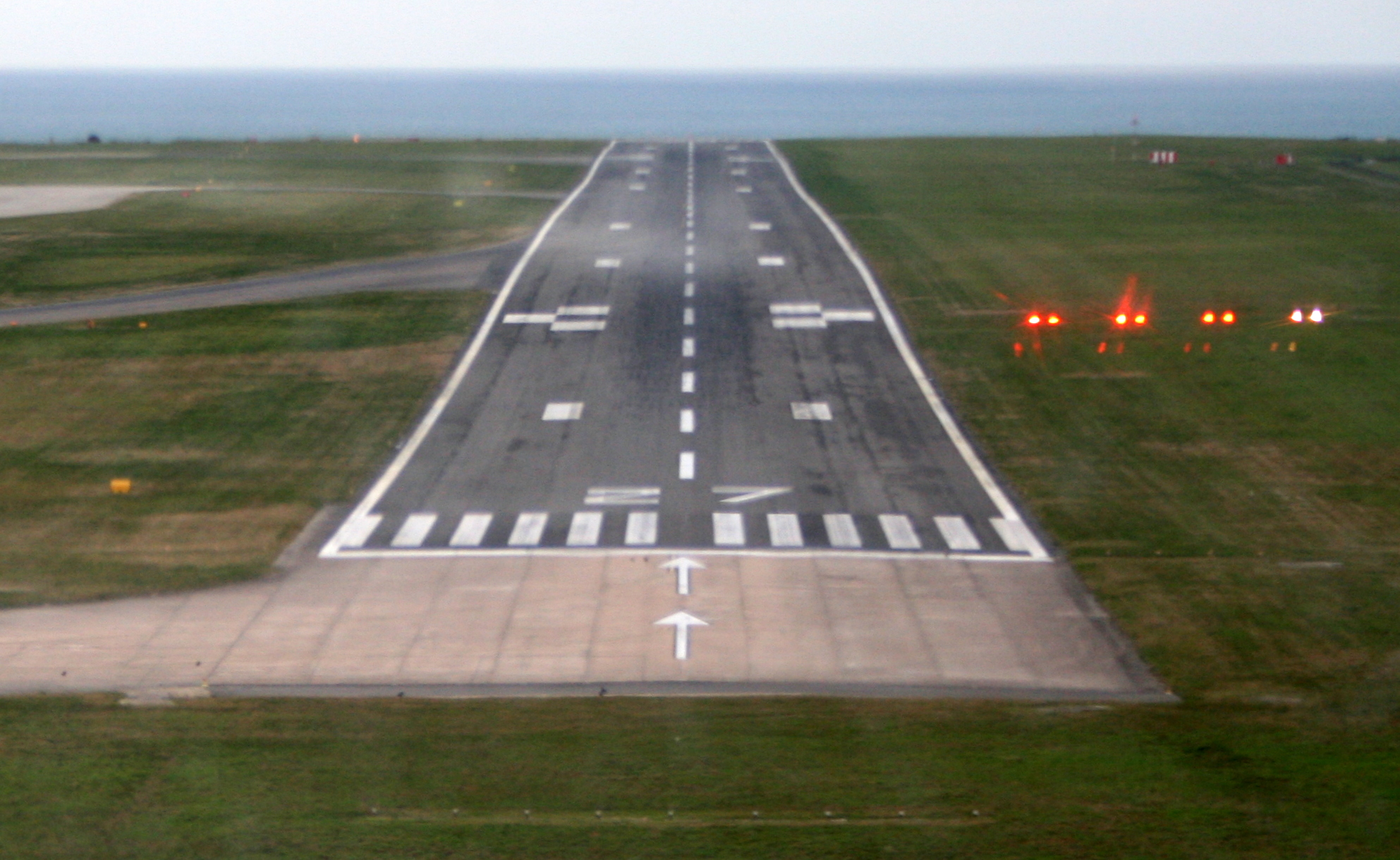A PAPI and a VASI are very similar in the the information they provide. The only functional differences between the VASI and PAPI is that the VASI has the red over the white, the PAPI the white actually goes to the right of the red, and the PAPI offers higher precision (or more glideslopes depending how you look at it a larger airliner with a high cockpit may elect to fly a slightly higher glidepath). The concept is the same though.
A VASI looks like this: 

Usage:
As the saying goes,
Red over White, you're alright. (on glidepath)Red over Red, you're dead. (too low)White over White, you're out-of-sight (too high)

A PAPI like this: 
A regular VASI only offers one glide slope and is designed for an aircraft where the cockpit isn't so high up. However, there is a such thing as two-light PAPI, and a three-bar VASI. So either of them can really be tailored to fit the costs and types of aircraft flying to that airport.
In the case of a four-bar PAPI it is higher precision. Since the PAPI systems uses a narrower beam of light you must fly the glide path more precisely than the VASI to stay on the beam. The PAPI, with its extra lights, forewarns you when you are drifting from the desired glide path.

So one red light would indicate slightly above glide slope, two and two would indicate the normal glide slope, and three red lights would indicate slightly below the glide slope on a 4-bar PAPI. A Three bar VASI works in similar fashion except there are only two glide paths with two reds being the lower, two whites the higher.







0 comments:
Post a Comment